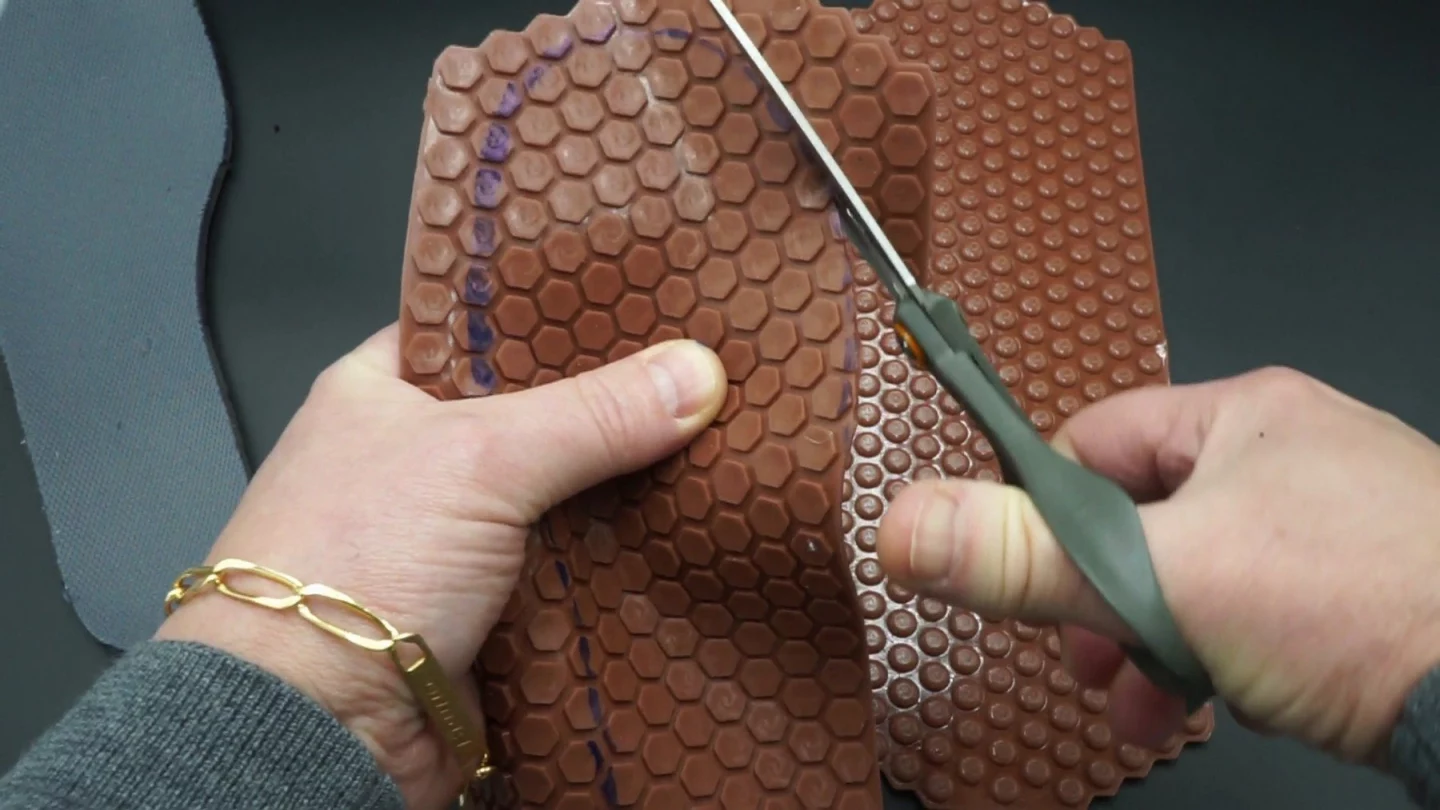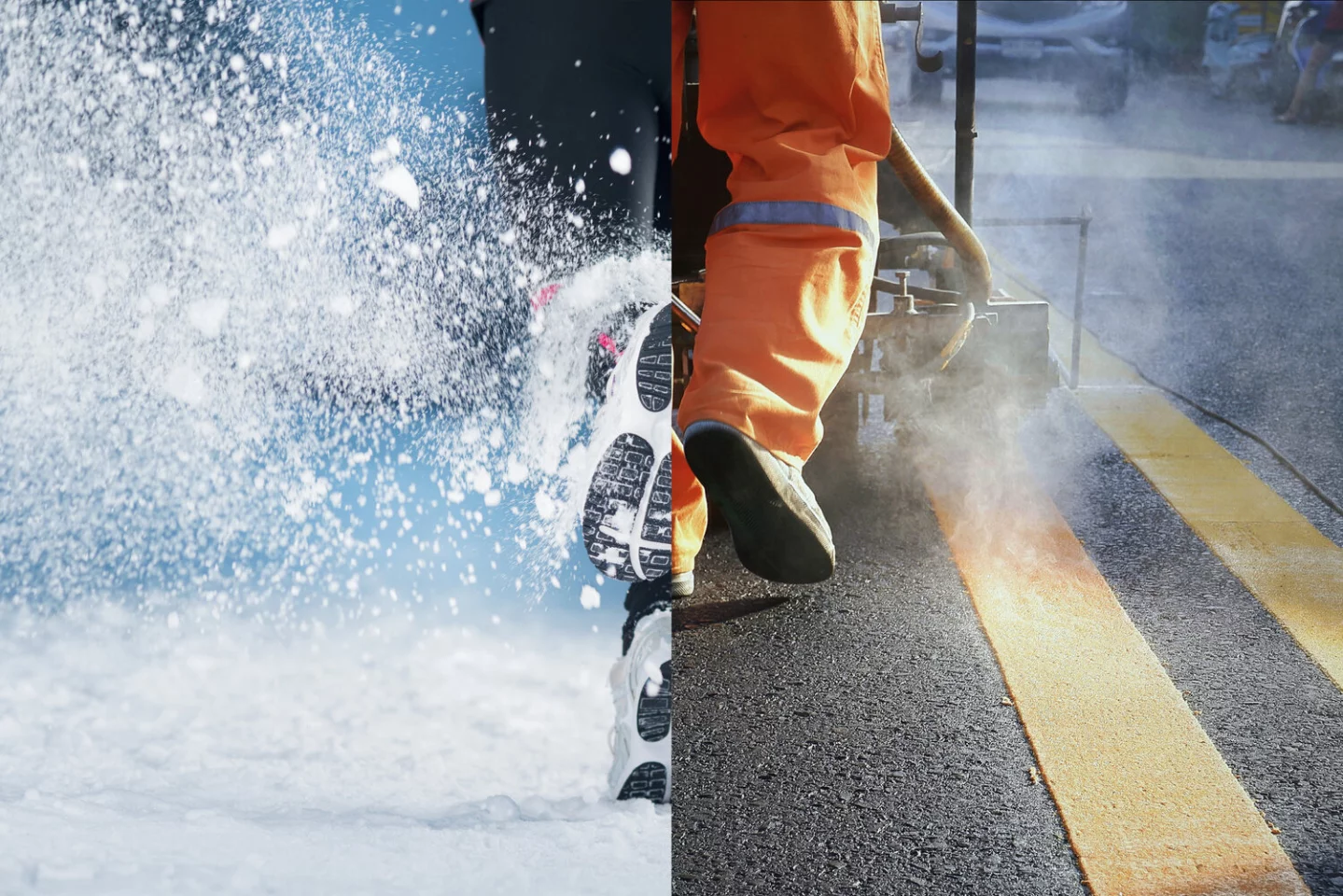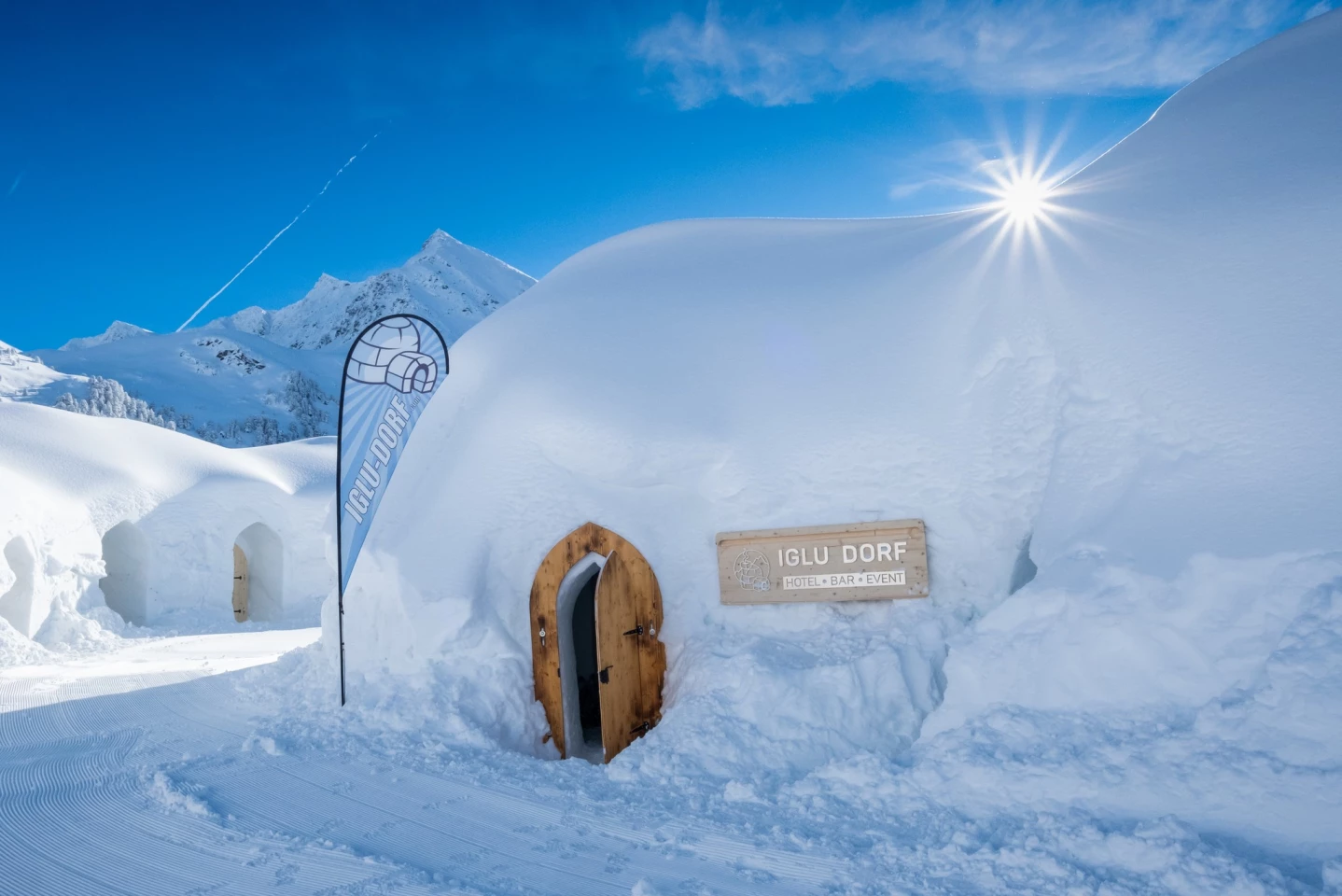Heated insoles we've looked at previously generally use batteries to create electrical heat for warming up icy toes. French company Solecooler has a different idea. It bypasses the electrical hardware and gets its power straight from the source: the feet themselves. Its insoles use mechanical energy from basic stepping motions to drive integrated heating and cooling elements. The reversible two-sided design means that when the seasons change, the wearer can simply flip the sole over to get the opposite effect.
Whether the wearer has the Climfeet insoles placed cool side up or heated side up, both sides work via basic physics to create the desired effect. When the wearer steps down, the soft, bubble-like pods on the cooling side compress air and force it into the compact, reinforced cells on the warm side, creating a heating effect up to 4 ºC (7.2 °F) via the air compression. On the upward motion of the stride, the air expands back into the soft cells on the cooling side, creating a cooling effect of up to - 3.5 ºC (-6.3 °F). The user feels only the effect that corresponds to the up-facing side, so they can match the soles to the weather at hand.
The Climfeet insoles use a combination of silicone and copper in their construction, ensuring pliability and efficient thermal regulation. The air cells also create natural cushioning to offer some impact absorption and increase overall comfort.
Solecooler admits that Climfeet's effects are not as dramatic as a battery-powered temperature-regulation system but notes that they're more uniform, avoiding the hot spots that come with electrical designs. Unlike batteries, they maintain energy as long as the wearer keeps moving.

Solecooler also points out that Climfeet's regulatory effects are most pronounced in particularly hot or cold weather and may not be noticeable at moderate temperatures between 20 and 30 ºC (68 and 86 ºF). We have to admit we're skeptical about how much users will notice the few degrees of difference in very hot or cold conditions, but it's hard to know for sure without throwing a pair on in winter cold or summer heat.

Solecooler designed Climfeet with a variety of end users in mind, including workers in extreme cold or hot environments, outdoor athletes, military and emergency rescue workers, and even pets walking in hot or cold weather. It also identifies one prospective user group that won't benefit – alpine skiers. Given the tightness of ski boots and the lack of walking involved in riding lifts and skiing downhill, skiers won't generate the right motion to activate the heating effect. That points to a more general shortcoming – since the Climfeet rely on motion, they won't provide effective warmth when the wearer is still, which tends to be when feet get the coldest.

Solecooler took home a spot in 2023's first round of ISPO Awards this month, perhaps helped out by the fact that the jury deliberated from the chilly confines of an igloo village near Innsbruck, Austria. Climfeet insoles are available now at a retail price of €65.83 (US$71). Solecooler ships around the world, but shipping is charged separately.
Source: Solecooler via ISPO











